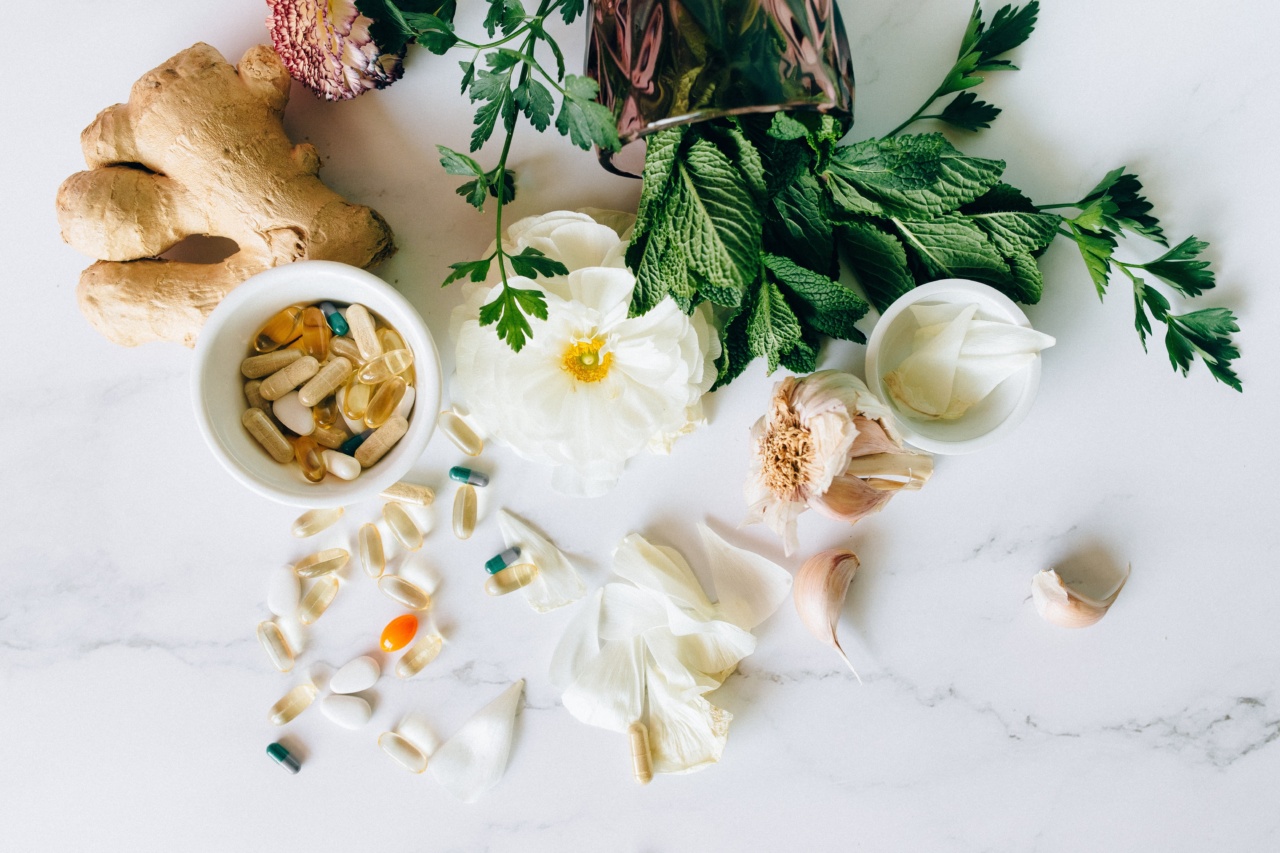Primary dysmenorrhea is a common condition among females of reproductive age. It is characterized by painful cramps in the lower abdomen and lower back during the menstrual period.
While over-the-counter medications are a common way of managing the pain, natural remedies may provide a safer and cost-effective alternative. Here are 15 natural remedies for primary dysmenorrhea:.
1. Heat therapy
Applying heat to the lower abdomen and back can help relieve menstrual pain. You can use a heating pad, heat wrap, or a warm water bottle. Heat works by increasing blood flow and relaxing the muscles.
2. Exercise
Regular exercise can help reduce menstrual cramps. Exercise releases endorphins, which are natural painkillers. It also improves blood flow, which in turn reduces muscle tension and cramps.
3. Massage
Gentle massages on the lower abdomen and back can help soothe menstrual pain. Massage works by helping to increase blood flow and reducing muscle tension.
4. Chamomile tea
Chamomile tea is a natural remedy for menstrual pain and cramps. It has anti-inflammatory and antispasmodic properties which can help ease painful cramps. You can drink up to three cups a day.
5. Ginger
Ginger has anti-inflammatory and pain-relieving properties which can be helpful in relieving menstrual pain. You can take ginger tea or add fresh ginger to your food or smoothies.
6. Turmeric
Turmeric is a popular spice used in many households for cooking. It has anti-inflammatory properties which can help reduce menstrual pain and cramps. You can take it in supplement form or add it to your food.
7. Cinnamon
Cinnamon has antispasmodic properties which can help soothe menstrual cramps. You can sprinkle cinnamon on your food or take it in supplement form.
8. Fennel
Fennel has antispasmodic properties which can help reduce menstrual pain and cramps. You can take it in supplement form or add it to your food.
9. Omega-3 fatty acids
Omega-3 fatty acids have anti-inflammatory properties which can help reduce menstrual pain and cramps. They are found in fish oil, flaxseeds, and chia seeds.
10. Magnesium
Magnesium is a mineral that can help reduce menstrual pain and cramps. It helps to relax the muscles and reduce inflammation. Good dietary sources of magnesium are dark chocolate, almonds, spinach, and avocado.
11. Vitamin E
Vitamin E is an antioxidant that can help reduce menstrual pain and cramps. It works by reducing inflammation. Good dietary sources of vitamin E include sunflower seeds, almonds, and spinach.
12. Acupuncture
Acupuncture is a traditional Chinese medicine practice that involves inserting needles into specific points on the body to relieve pain. It can be helpful in reducing menstrual pain and cramps.
13. Yoga
Yoga can help reduce menstrual pain and cramps. It helps to relax the mind and body, and it also improves blood flow and reduces tension in the muscles. Specific yoga poses such as the child’s pose, cat pose and cobra pose can be helpful.
14. Relaxation techniques
Relaxation techniques such as deep breathing, meditation and visualization can be helpful in reducing menstrual pain and cramps. They help to divert your attention from the pain and promote relaxation.
15. Avoiding trigger foods
Some foods can exacerbate menstrual pain and cramps. Such foods include caffeine, alcohol, processed foods, and foods high in salt. Avoiding these foods can help reduce the severity of menstrual pain and cramps.






























